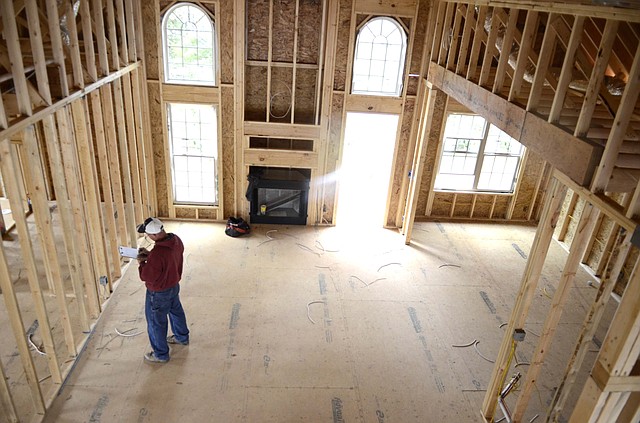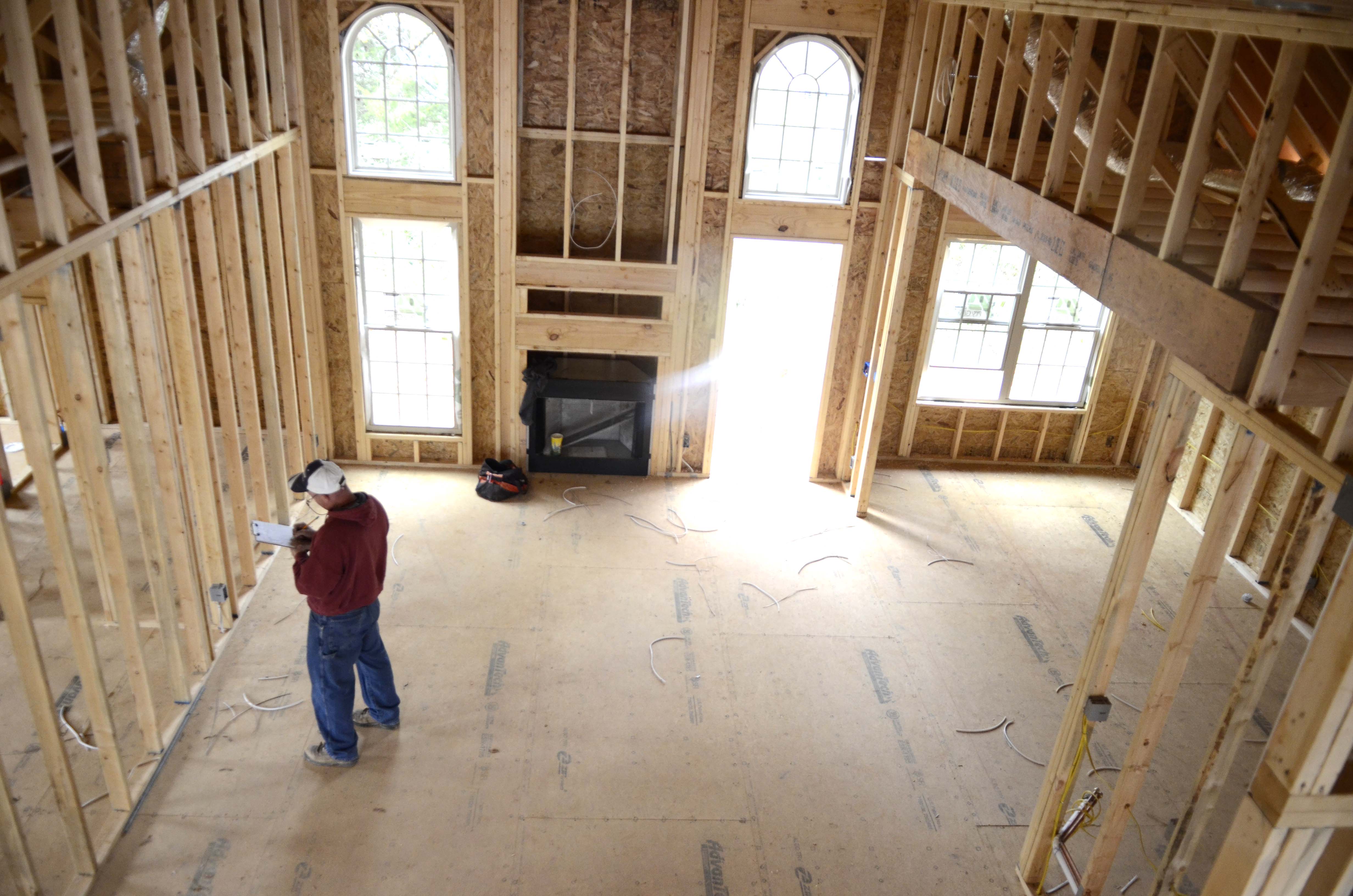Local housing starts tumble, but area bright spot in region
Friday, January 1, 1904
Residential building permits in the Chattanooga area are on track to hit a low not seen since 1993, according to data from the Knoxville-based real estate research firm, The Market Edge.
In the third quarter, Hamilton County fell more than 40 house starts behind last year's pace for new home starts as Realtors braced for the winter building freeze. The number of single-family dwellings started in the Chattanooga area this year is likely to be less than a third of the number reached at the home-building peak here in 2005.
But Hamilton County remains the regional bright spot, with new homes on an upward trajectory even as starts fell below already-low 2010 numbers in neighboring Catoosa and Bradley counties.
Hamilton also topped rival Knox County for the first three quarters of the year, as buyers snapped up mid-range housing in a number of neighborhoods that were originally intended to support larger homes.
"We've been lucky," said Win Pratt, head of local builder Pratt Homebuilders.
But he's cautious about getting too optimistic.
"We don't want to get overleveraged," he said. "How long can this boom go on?"
The current uptick among some of Chattanooga's biggest builders is gathering strength in formerly bank-owned subdivisions and in neighborhoods stimulated by new Volkswagen, Wacker and Amazon workers.
"We've got involved in neighborhoods where the original plans for the developer was to build more expensive homes in a higher price range, and as the market started to correct, buyers' ability and appetite for borrowing money changed," Pratt said.
The pause that refreshes
The broader area construction contraction from 4,484 residential permits in 2005 to about 1,000 starts this year has driven many builders from the business, or into remodeling, said Teresa Groves, executive officer of the Home Builders Association of Southern Tennessee.
Groves believes that between a quarter and a third of all builders have left the market, while many of the rest have switched to remodeling foreclosed homes, which make up about a third of all home sales.
"In our heyday in 2005, people that got into the market who thought they wanted to start building, but most of those people have gone back to the occupations they were on before," Groves said.
Bob Peterson, chairman of the National Association of Homebuilders Remodelers Council, said the share of remodelers has jumped drastically in the last four years.
"Four years ago, 10 percent of builders did remodeling," he said. "Now, it's about 58 percent."
The proportion of revenue has switched too -- from about 70 percent of revenue coming from homebuilding activity to about 30 percent today, with the rest coming from remodeling, he said.
The two most prolific builders in Chattanooga, Jay Bell and Pratt Homebuilders, sell almost a quarter of the area's houses, Bell said.
The secret, according to Bell, is building smaller structures that fit recession-era budgets and circumstances.
"There are like 15 reasons why people can't buy a bigger house -- either they were unemployed for awhile, or they were underwater on their house, or they have a house they're sitting on that they can't sell," Bell said.
Restrained buyers
For those who are able to buy, they're looking for a smaller home in the $160,000 to $250,000 range, a far cry from the half-million dollar McMansions that began to spring up toward the end of the mid-decade housing boom, according to builder Bill Fine.
"Seven years ago, everybody came in and they were wanting 3,000 square feet, with a full basement and a three-car garage," Fine said. "Now they're coming in and looking for three bedrooms and a bonus room, from 1,400 to 1,850 square feet."
For those who see the glass as half-full, good times could be just around the corner.
Dale Akins, president of Market Edge, calculates that based on the ratio of employment to building permits, Chattanooga is poised for a jump in housing demand.
"When we run out of existing inventory, building permits will go up, driven by jobs," Akins said.
neighborhood growth standstill
Depressed home prices and weak demand have led to a nearly complete halt in new neighborhood development, builders say, and existing neighborhoods are beginning to fill up.
"You're just eating up existing inventory," Akins said.
Pratt is already planning for this.
"The one thing I'm seeing is that supplies are getting tighter; nobody is building new lots," Pratt said. "A lot of the best lots are gone, and that's putting a lot of pressure on us."

